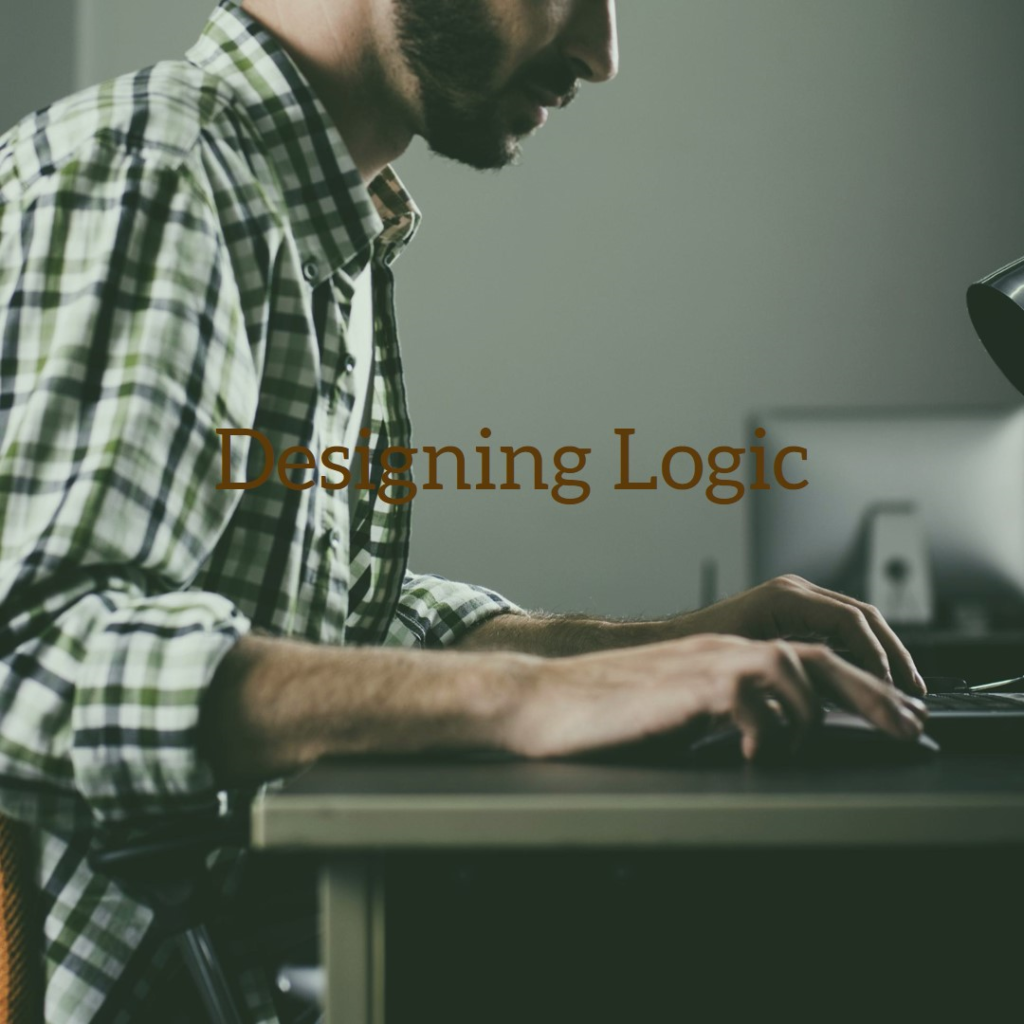Flutter has become a popular choice for mobile app development due to its ability to create beautiful, high-performance applications for multiple platforms. At the core of Flutter’s framework are widgets, the building blocks of any Flutter app. This blog will guide you through mastering Flutter widgets, from basic concepts to advanced techniques, ensuring you can create stunning and functional user interfaces.
Table of Contents
- Understanding Flutter Widgets
- Basic Flutter Widgets
- Layout Widgets
- Input Widgets
- Advanced Widgets and Customization
- State Management in Widgets
- Performance Optimization with Widgets
- FAQs about Flutter Widgets
- Conclusion
Understanding Flutter Widgets
Flutter widgets are the core building blocks of the user interface. Everything in Flutter is a widget, including layout models, buttons, text, and images. They form a widget tree, where each widget nests inside another to create the desired UI.
Basic Flutter Widgets
- Text: Displays a string of text with single style.
- Container: A versatile widget that can contain other widgets and apply padding, margins, borders, and backgrounds.
- Row and Column: Used for horizontal and vertical layout alignment, respectively.
- Image: Displays images from various sources like assets, network, and memory.
- Icon: Displays a graphical icon.
import 'package:flutter/material.dart';
void main() => runApp(MyApp());
class MyApp extends StatelessWidget {
@override
Widget build(BuildContext context) {
return MaterialApp(
home: Scaffold(
appBar: AppBar(title: Text('Flutter Basic Widgets')),
body: Center(
child: Column(
mainAxisAlignment: MainAxisAlignment.center,
children: [
Text('Hello, Flutter!'),
Container(
padding: EdgeInsets.all(10),
color: Colors.blue,
child: Text('I am inside a container'),
),
Icon(Icons.thumb_up, size: 50, color: Colors.green),
],
),
),
),
);
}
}
Layout Widgets
Layout widgets help arrange other widgets in the app.
- Stack: Overlaps widgets on top of each other.
- GridView: Displays widgets in a grid layout.
- ListView: Creates a scrollable list of widgets.
- Expanded: Takes available space within a Row or Column.
Input Widgets
- TextField: Allows user input.
- Button: Various button types like ElevatedButton, TextButton, and IconButton.
- Checkbox: A material design checkbox.
- Slider: A material design slider.
Advanced Widgets and Customization
- CustomPaint: Allows for drawing custom shapes and designs.
- AnimatedContainer: Animates changes to its properties.
- GestureDetector: Detects various gestures like taps, swipes, and drags.
- Hero: Implements hero animations for seamless transitions between screens.
class CustomWidget extends StatelessWidget {
@override
Widget build(BuildContext context) {
return CustomPaint(
painter: MyPainter(),
child: Container(height: 200),
);
}
}
class MyPainter extends CustomPainter {
@override
void paint(Canvas canvas, Size size) {
var paint = Paint()
..color = Colors.red
..strokeWidth = 5;
canvas.drawLine(Offset(0, 0), Offset(size.width, size.height), paint);
}
@override
bool shouldRepaint(covariant CustomPainter oldDelegate) {
return false;
}
}State Management in Widgets
Managing state efficiently is crucial for building responsive apps.
- setState: Simple method for small applications.
- InheritedWidget: Passes data down the widget tree.
- Provider: Recommended for larger apps, provides an easy way to manage state.
- Bloc/Cubit: Uses streams to manage state, suitable for complex applications.
Performance Optimization with Widgets
- Avoid Rebuilding Widgets: Use keys and careful state management to avoid unnecessary rebuilds.
- Use const Constructors: Where possible, use const constructors to prevent widget recreation.
- Lazy Loading: Load data and widgets only when needed, for example, using
ListView.builder.
FAQs about Flutter Widgets
Q1: What is the purpose of a widget in Flutter?
A1: Widgets are the fundamental building blocks of a Flutter app’s user interface, defining the structure and appearance of the app.
Q2: Can I create custom widgets in Flutter?
A2: Yes, you can create custom widgets by extending StatelessWidget or StatefulWidget.
Q3: How do I handle user interactions in Flutter widgets?
A3: Use widgets like GestureDetector to detect user interactions such as taps, swipes, and drags.
Q4: What is the difference between StatelessWidget and StatefulWidget?
A4: StatelessWidget does not store mutable state, whereas StatefulWidget can maintain and update state over its lifecycle.
Q5: How can I optimize widget performance in Flutter?
A5: Use techniques like avoiding unnecessary rebuilds, using const constructors, and lazy loading.
Conclusion
Mastering Flutter widgets is essential for creating stunning and efficient mobile applications. From understanding basic widgets to diving into advanced techniques and optimization, this guide has covered all the necessary aspects to help you become proficient in using Flutter widgets. By leveraging these concepts, you can build responsive, performant, and visually appealing apps that stand out in the competitive mobile app market.
